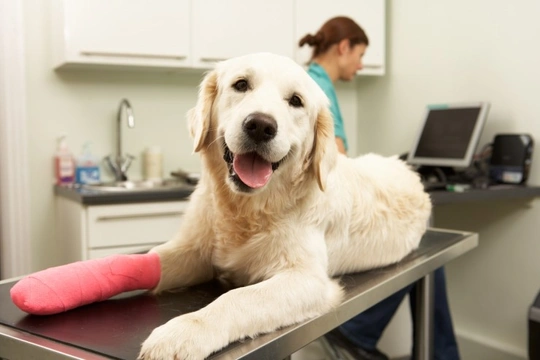
How to make a claim on your pet insurance
If you own a cat or a dog, or even another type of pet such as a rabbit or an exotic animal, it is a really good idea to get them insured, to ensure that you can cover the cost of any veterinary fees for emergencies, accidents or health conditions that your pet may suffer from in the future.
Pet insurance can help to ensure that if something unexpected did happen to your pet, you would be able to cover the cost of the treatment that they need, and not have to worry about funding their care or compromise on what can be done for them.
Hopefully, you will never need to make a claim-but if you do, knowing how to proceed can be confusing for many people, especially when you factor in direct payment to your vet, your excess, and all of the other various elements that come into play when you make a claim.
In this article, we will look at how to claim on your pet insurance, in terms of communication with both the vet and your insurer, and how things usually proceed. Read on to learn more.
Getting veterinary help
First of all, if your pet is injured or appears to be ill, you should take them to the vet right away-prompt treatment or diagnosis when you need help can not only mean that your pet stands a better chance of recovery, but also, that the treatment required may be simpler and so, less costly-delaying on getting veterinary care is a false economy that never pays off in the long run!
When you get to the vet and they are treating, assessing or planning your pet’s care, one of the questions they may ask you is whether or not your pet is insured, or otherwise, how you intend to pay for their treatment-knowing that the pet is insured can help your vet to work out the best way to treat your pet knowing that the funds will be available.
Is it worth claiming?
When you know what will be happening with your pet and so, what it is likely to cost, you will then need to decide if you wish to claim for the cost of treatment. Obvious if the condition is chronic, likely to be ongoing or expensive, it makes sense to make a claim-but if your pet’s treatment does not cost a lot, and especially if the cost of treatment for the entire issue comes in at less than the cost of your insurance excess, the chances are that you will wish to pay for it yourself, as there will be little point in making a claim.
However, if you do decide that you need to claim, you will need to speak to your vet about it.
Direct claims
A great many veterinary clinics will allow you to make a direct claim to your insurer through them-which means that you authorise your vet to speak to your insurer, submit their bill and all of the accompanying paperwork, and receive the payment from the insurer directly.
Not all vets offer this service, however, and some will only offer it to people that are insured with certain companies that have a good record for accepting claims. Additionally, many veterinary clinics will state in their terms and conditions that any treatments must be paid for by the client, and that they will not handle direct claims-however if you are unable to pay due to the amount of the bill, but your vet knows that your insurer is likely to pay out on the claim and the alternative is that your pet is treated elsewhere, they may make an exception.
Communication with your vet is vital, and you should take in the details of your policy when you discuss it all with them, so that you can prove your insured status and provide them with the information that they need to proceed.
Contacting your insurer
You will obviously need to contact your insurer if you have decided to claim, either through your vet or separately, and either provide authorisation for them to deal with your vet directly, or find out from your insurer what happens next.
Usually, claiming on your own policy, if you do have to do it yourself, simply means filling in a form (which can often be done online) or completing the form over the phone, and then, waiting a while for your insurer to assess the claim and circumstances, and arrange to make payment.
If there are any queries or questions, your insurer may need to get back to you, but the process should not generally take very long.
Your excess
All pet insurance policies have an excess, which is an amount of money that you as the pet’s owner must pay towards the treatment yourself. Generally this amount is £50-£100, but some policies offer an option to choose a higher excess, in order to reduce your monthly policies, and this is the amount that you will need to pay.
Talk to your vet about whether this amount should be paid to your vet, or paid to your insurer.
If your insurer will not pay out
Hopefully, your insurers will pay out on your claim, assuming that the claim and condition falls within the remit of the policy’s coverage and is not something that your pet is not covered for, such as pre-existing health conditions.
However, if for any reason your insurers will not pay out, it is important to remember that the ultimate responsibility for paying your vet is up to you-but if you feel that your insurer’s decision is wrong, or that the reason for their rejection of it is invalid, you can appeal against it.



